废话不多说,咱们直接接上回
上一篇我们讲了如何使用Springboot框架整合Nosql,并于文章最后部分引入了服务端Session的概念
而早在上上一篇中,我们则已经讲到了如何使用Springboot框架整合Mybatis/MybatisPlus实现业务数据的持久化(写入数据库)
本篇我们把关注点放在一个于这两部分有共同交集的内容——安全管理,并且引入我们今天的主角——Shiro框架
Apache Shiro是一个强大且易用的Java安全框架,执行身份验证、授权、密码和会话管理。使用Shiro的易于理解的API,您可以快速、轻松地获得任何应用程序,从最小的移动应用程序到最大的网络和企业应用程序。
—— 来自百度百科
Shiro框架包含三个核心组件:
Subject —— 泛指当前与Shiro交互中的实体,可以是用户或者某后台进程
SecurityManager —— Shiro的核心组件,对内管理各种组件实例,对外提供各种安全服务
Realm —— Shiro与安全数据之间的桥接器
Shiro框架还包含有其他诸多概念,为降低大家的心智负担,这些我们暂且不谈,文末会给大家推荐延展阅读的相关文章
还是老规矩直接上干货,以完整的实例让大家对【如何基于Shiro实现权限的细粒度控制】有一个整体上的认知
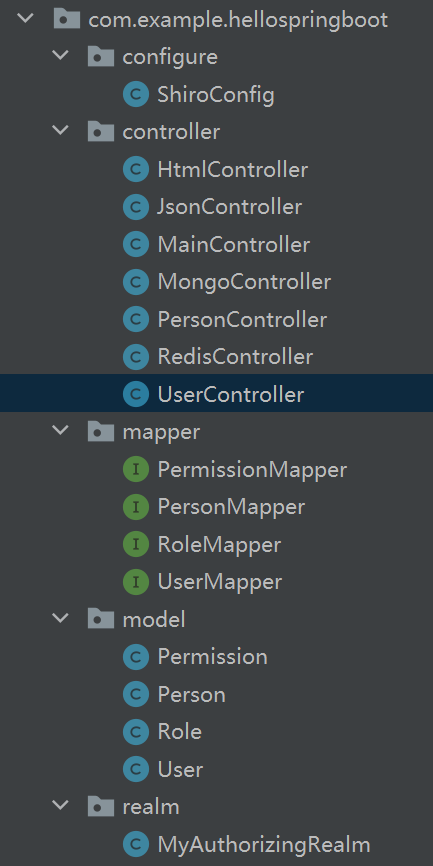
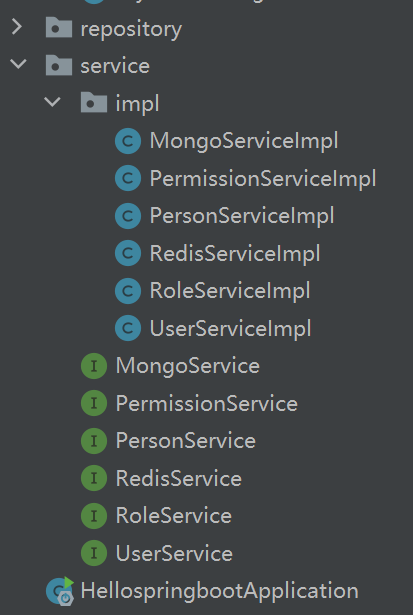
不知道大家会不会觉得项目结构突然变复杂?别担心,接下来我会给大家逐一拆解
1. 创建数据表
首先是角色表——role
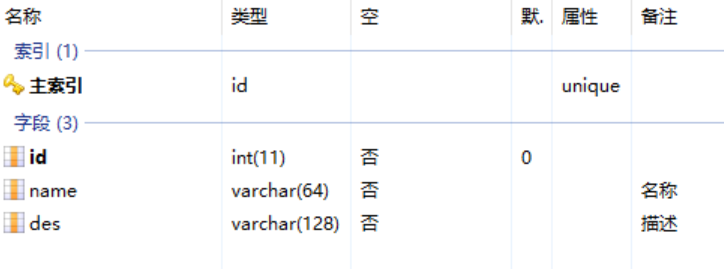

然后是用户表——user


最后是权限表——permission


2. 创建三个对应的Mapper
package com.example.hellospringboot.mapper; import com.baomidou.mybatisplus.core.mapper.BaseMapper; import com.example.hellospringboot.model.Role; import org.apache.ibatis.annotations.Mapper; import org.springframework.stereotype.Repository; @Mapper @Repository public interface RoleMapper extends BaseMapper<Role> { }
package com.example.hellospringboot.mapper; import com.baomidou.mybatisplus.core.mapper.BaseMapper; import com.example.hellospringboot.model.User; import org.apache.ibatis.annotations.Mapper; import org.springframework.stereotype.Repository; @Mapper @Repository public interface UserMapper extends BaseMapper<User> { }
package com.example.hellospringboot.mapper; import com.baomidou.mybatisplus.core.mapper.BaseMapper; import com.example.hellospringboot.model.Permission; import org.apache.ibatis.annotations.Mapper; import org.springframework.stereotype.Repository; @Mapper @Repository public interface PermissionMapper extends BaseMapper<Permission> { }
这里我们用到了上上一节讲到的内容
这里的Mapper会辅助于后续的安全数据读取
3. 接下来是Service及其实现类
package com.example.hellospringboot.service; import com.example.hellospringboot.model.Role; public interface RoleService { Role findRoleById(int id); }
package com.example.hellospringboot.service.impl; import com.example.hellospringboot.mapper.RoleMapper; import com.example.hellospringboot.model.Role; import com.example.hellospringboot.service.RoleService; import org.springframework.beans.factory.annotation.Autowired; import org.springframework.stereotype.Service; @Service public class RoleServiceImpl implements RoleService { @Autowired RoleMapper mapper; public Role findRoleById(int id){ Role role = mapper.selectById(id); return role; } }
package com.example.hellospringboot.service; import com.example.hellospringboot.model.User; public interface UserService { boolean checkUserByUsernameAndPassword(String userName, String passWord); User findUserByUserName(String userName); }
package com.example.hellospringboot.service.impl; import com.baomidou.mybatisplus.core.conditions.query.QueryWrapper; import com.example.hellospringboot.mapper.UserMapper; import com.example.hellospringboot.model.User; import com.example.hellospringboot.service.UserService; import org.springframework.beans.factory.annotation.Autowired; import org.springframework.stereotype.Service; import java.util.List; @Service public class UserServiceImpl implements UserService { @Autowired UserMapper mapper; public boolean checkUserByUsernameAndPassword(String userName, String passWord){ QueryWrapper<User> wrapper = new QueryWrapper<User>(); wrapper = wrapper.eq(\"user_name\", userName).eq(\"pass_word\",passWord); List<User> userList = mapper.selectList(wrapper); return userList.size() > 0; } public User findUserByUserName(String userName){ QueryWrapper<User> wrapper = new QueryWrapper<User>(); wrapper = wrapper.eq(\"user_name\", userName); User user = mapper.selectOne(wrapper); return user; } }
package com.example.hellospringboot.service; import com.example.hellospringboot.model.Permission; import java.util.List; public interface PermissionService { List<Permission> findPermissionsByRoleId(int roleId); }
package com.example.hellospringboot.service.impl; import com.baomidou.mybatisplus.core.conditions.Wrapper; import com.baomidou.mybatisplus.core.conditions.query.QueryWrapper; import com.example.hellospringboot.mapper.PermissionMapper; import com.example.hellospringboot.model.Permission; import com.example.hellospringboot.service.PermissionService; import org.springframework.beans.factory.annotation.Autowired; import org.springframework.stereotype.Service; import java.util.List; @Service public class PermissionServiceImpl implements PermissionService { @Autowired PermissionMapper mapper; public List<Permission> findPermissionsByRoleId(int roleId){ QueryWrapper<Permission> wrapper = new QueryWrapper<>(); wrapper = wrapper.eq(\"role_id\", roleId); List<Permission> list = mapper.selectList(wrapper); return list; } }
ok,我们已经准备好了所有的安全数据,及对应的读取方法
到这里,我们就算是做好了所有的准备工作
接下来看我们如何通过Shiro框架来运用这些已经装配好的枪炮子弹
4. 引入Shiro框架相关依赖(pom.xml)
<!-- 引入shiro框架依赖 --> <dependency> <groupId>org.apache.shiro</groupId> <artifactId>shiro-spring</artifactId> <version>1.10.0</version> </dependency>
这次pom.xml终于不是第一步了,哈哈哈。。。
5. 创建Realm嫁接Shiro框架及安全数据(realm/MyAuthorizingRealm)
package com.example.hellospringboot.realm; import com.example.hellospringboot.model.Permission; import com.example.hellospringboot.model.Role; import com.example.hellospringboot.model.User; import com.example.hellospringboot.service.PermissionService; import com.example.hellospringboot.service.RoleService; import com.example.hellospringboot.service.UserService; import org.apache.shiro.authc.*; import org.apache.shiro.authz.AuthorizationInfo; import org.apache.shiro.authz.SimpleAuthorizationInfo; import org.apache.shiro.realm.AuthorizingRealm; import org.apache.shiro.subject.PrincipalCollection; import org.springframework.beans.factory.annotation.Autowired; import java.util.HashSet; import java.util.List; import java.util.Set; public class MyAuthorizingRealm extends AuthorizingRealm { @Autowired UserService userService; @Autowired RoleService roleService; @Autowired PermissionService permissionService; @Override protected AuthenticationInfo doGetAuthenticationInfo(AuthenticationToken authenticationToken) { UsernamePasswordToken token = (UsernamePasswordToken) authenticationToken; String userName = token.getUsername(); String passWord = String.valueOf(token.getPassword()); if (!userService.checkUserByUsernameAndPassword(userName, passWord)) {//判断用户账号是否正确 throw new UnknownAccountException(\"用户名或密码错误!\"); } return new SimpleAuthenticationInfo(userName, passWord, getName()); } @Override protected AuthorizationInfo doGetAuthorizationInfo(PrincipalCollection principalCollection) { SimpleAuthorizationInfo info = new SimpleAuthorizationInfo(); String userName = principalCollection.getPrimaryPrincipal().toString(); User user = userService.findUserByUserName(userName); if (user == null) { throw new UnknownAccountException(\"用户名或密码错误!\"); } List<Integer> rolesList = user.rolesList(); Set<String> roles = new HashSet<>(); Set<String> permissions = new HashSet<>(); for (Integer roleId : rolesList) { Role role = roleService.findRoleById(roleId); roles.add(role.getName()); List<Permission> permissionList = permissionService.findPermissionsByRoleId(roleId); for (Permission permission : permissionList) { permissions.add(permission.getName()); } } info.setRoles(roles); info.setStringPermissions(permissions); return info; } }
Realm的创建对于整个Shiro安全验证体系搭建而言是至关重要的一步!
其中两个抽象方法
doGetAuthenticationInfo —— 用于校验用户名及密码的合法性
doGetAuthorizationInfo —— 用于赋予实体对应的角色及交互权限
6. 测试用Controller创建
package com.example.hellospringboot.controller; import org.apache.shiro.SecurityUtils; import org.apache.shiro.authc.AuthenticationException; import org.apache.shiro.authc.UsernamePasswordToken; import org.apache.shiro.subject.Subject; import org.springframework.web.bind.annotation.GetMapping; import org.springframework.web.bind.annotation.PostMapping; import org.springframework.web.bind.annotation.RequestMapping; import org.springframework.web.bind.annotation.RestController; @RequestMapping(\"/user\") @RestController public class UserController { @PostMapping(\"/login\") public String login(String user, String pass) { UsernamePasswordToken token = new UsernamePasswordToken(user, pass); Subject subject = SecurityUtils.getSubject(); if(!subject.isAuthenticated()) { try { subject.login(token); } catch (AuthenticationException e) { return e.getMessage(); } } return \"ok\"; } @PostMapping(\"/logout\") public String logout(){ Subject subject = SecurityUtils.getSubject(); if(subject.isAuthenticated()) { try { subject.logout(); } catch (AuthenticationException e) { return e.getMessage(); } } return \"ok\"; } @GetMapping(\"/admin\") public String admin() { return \"admin\"; } @GetMapping(\"/user\") public String user() { return \"user\"; } }
内容很简单:
login——登录方法
logout——登出方法
admin、user——两个测试方法,用于测试不同角色对于不同方法可访问的细粒度控制
7. ShiroConfig配置类创建,实现用户访问权限的细粒度控制
package com.example.hellospringboot.configure; import com.example.hellospringboot.realm.MyAuthorizingRealm; import org.apache.shiro.mgt.SecurityManager; import org.apache.shiro.realm.Realm; import org.apache.shiro.spring.web.ShiroFilterFactoryBean; import org.apache.shiro.web.mgt.DefaultWebSecurityManager; import org.springframework.context.annotation.Bean; import org.springframework.context.annotation.Configuration; import java.util.LinkedHashMap; import java.util.Map; @Configuration public class ShiroConfig { @Bean public SecurityManager securityManager(Realm realm) { DefaultWebSecurityManager securityManager = new DefaultWebSecurityManager(); securityManager.setRealm(realm); return securityManager; } @Bean public MyAuthorizingRealm getRealm() { MyAuthorizingRealm realm = new MyAuthorizingRealm(); return realm; } @Bean public ShiroFilterFactoryBean shiroFilterFactoryBean(SecurityManager securityManager) { ShiroFilterFactoryBean shiroFilter = new ShiroFilterFactoryBean(); shiroFilter.setSecurityManager(securityManager); Map<String, String> filterChainMap = new LinkedHashMap<String, String>(); filterChainMap.put(\"/user/login\", \"anon\"); filterChainMap.put(\"/user/logout\", \"anon\"); filterChainMap.put(\"/user/admin\", \"authc,roles[admin],perms[admin:read]\"); filterChainMap.put(\"/user/user\", \"authc,roles[user],perms[user:read]\"); shiroFilter.setFilterChainDefinitionMap(filterChainMap); return shiroFilter; } }
securityManager 和 getRealm 显示指定了Shiro两大组件的实例声明
shiroFilterFactoryBean 则是实现角色访问权限控制的重要方法
filterChainMap.put(\"/user/login\", \"anon\"); // 代表login方法可以匿名访问
filterChainMap.put(\"/user/logout\", \"anon\"); // 代表logout方法可以匿名访问
filterChainMap.put(\"/user/admin\", \"authc,roles[admin],perms[admin:read]\"); // 代表admin方法需要用户满足admin角色,同时具备admin:read权限
filterChainMap.put(\"/user/user\", \"authc,roles[user],perms[user:read]\"); // 代表user方法需要用户满足user角色,同时具备user:read权限
至此,整个接入流程便结束了
我们再次结合最开始我们配置的数据来对业务逻辑进行分析
用户 admin,同时具备admin、user两种角色
用户 juste,仅具备user一种角色
角色 admin,同时具备admin:write、admin:read两种权限
角色 user,同时具备user:write、user:read两种权限
因此
用户 admin,同时具备admin:write、admin:read、user:write、user:read 四种操作权限
用户 juste,同时具备user:write、user:read两种操作权限
大家理清楚这其中的关系了吗?^ ^
8. 执行Postman验证结果
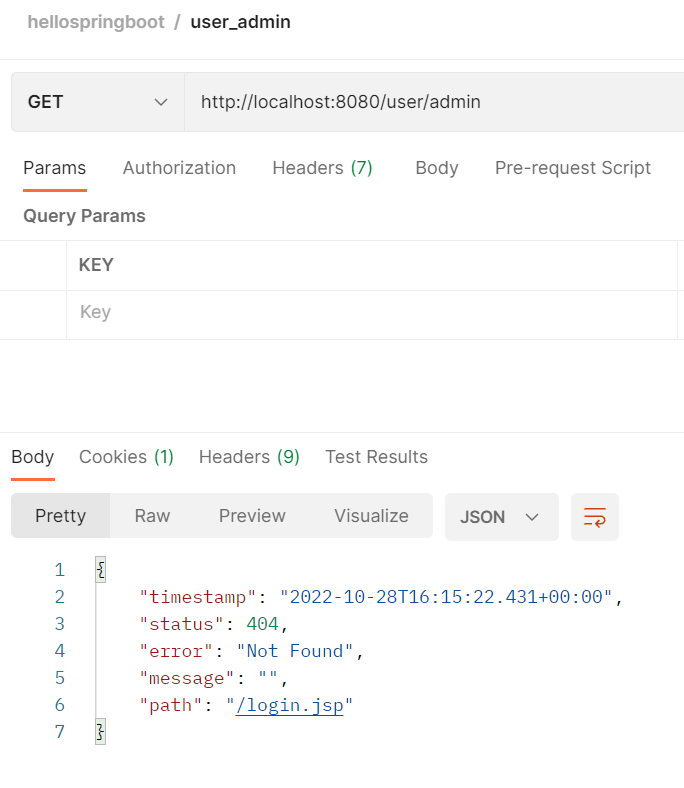
我们在执行login之前,admin方法无权访问

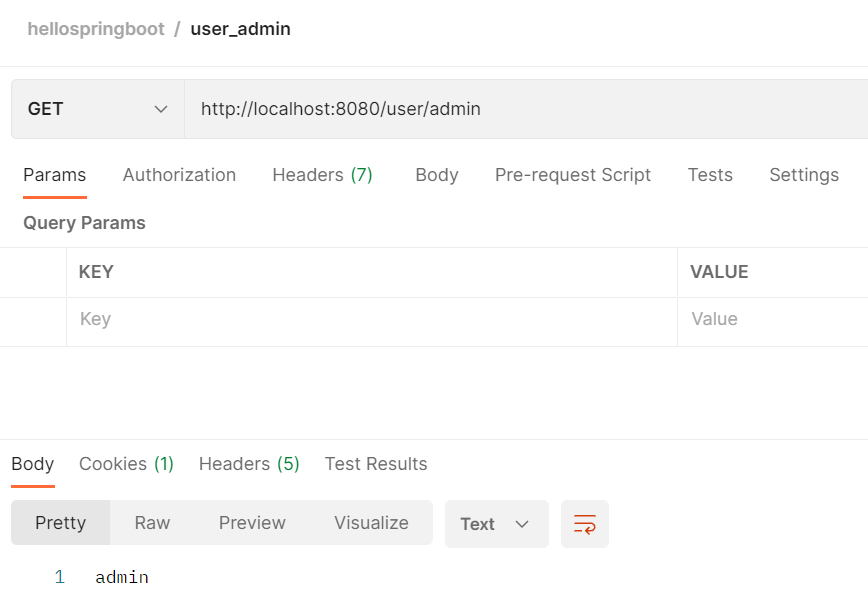
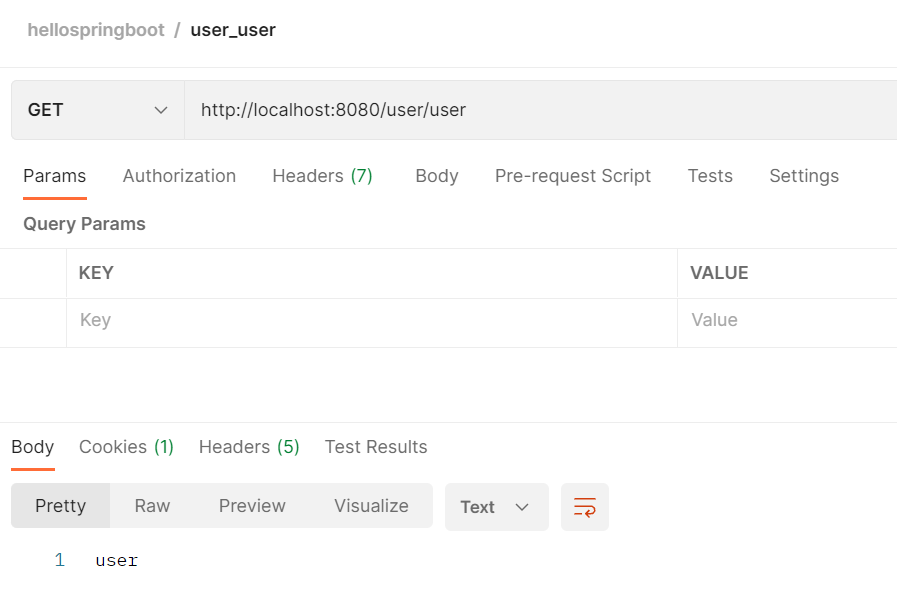
登录admin之后,同时具备admin和user方法的访问权限

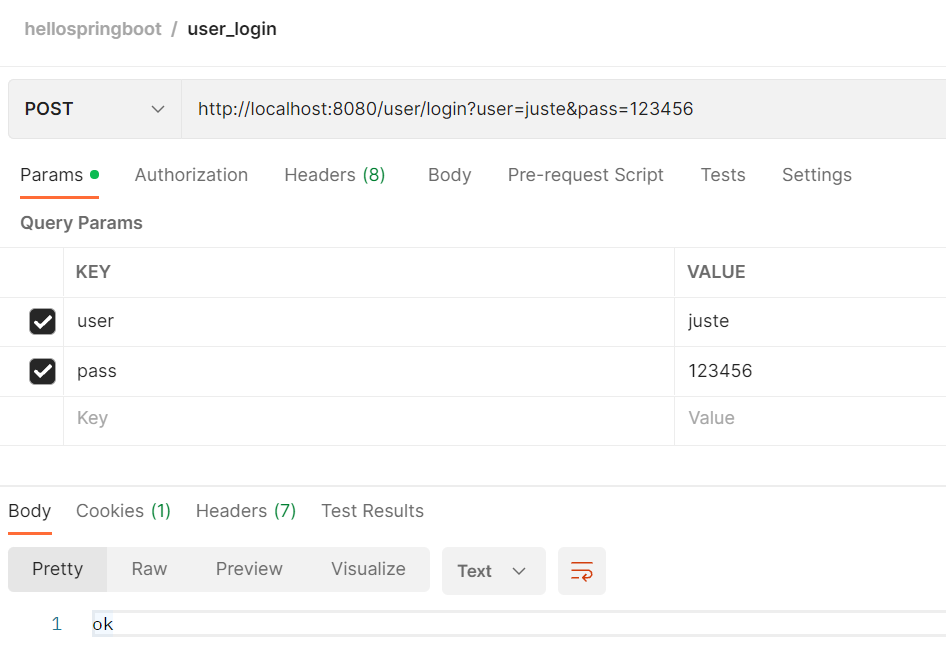
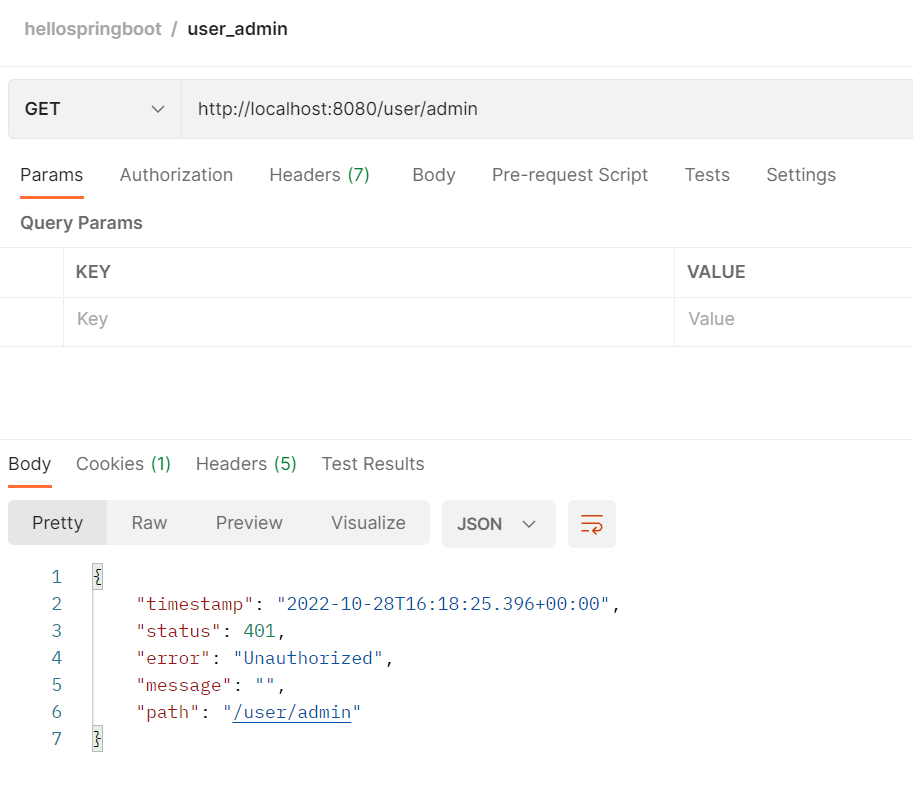
logout登出,然后login登录普通用户juste
会发现依然具备user方法的访问权限,但是失去了admin方法的访问权限
到此,验证我们基于Shiro框架的细粒度权限控制已经实现
除了Shiro框架,我们还有另一个选择,那就是同样可以通过集成Spring Security框架来达成相同的目的
关于更多Shiro框架的内容,及其和Spring Security之间的异同,大家感兴趣可以参考这篇文章:
Shiro最全基础教程_思月行云的博客-CSDN博客
对于Spring Security框架,我们暂且留个悬念,以后会专门再给大家讲解这部分内容
下一节,我们将把关注点投向微服务领域,SpringCloudAlibaba将会是接下来几个章节的重头戏,敬请期待~
MyAuthorizingRealm
来源:https://www.cnblogs.com/itfantasy/p/16837917.html
本站部分图文来源于网络,如有侵权请联系删除。
 百木园
百木园